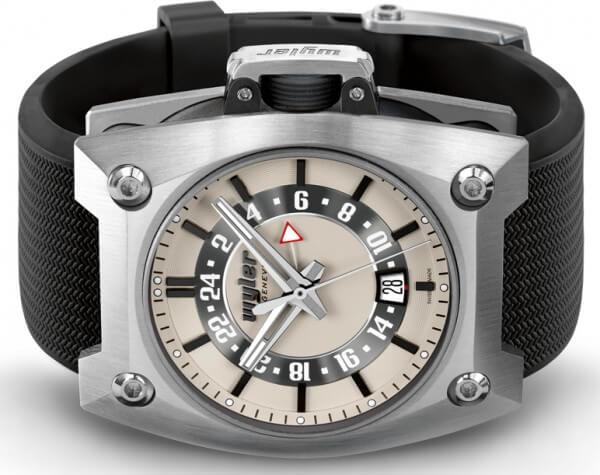A case-by-case approach
The majority of Swiss Fine Watch companies belong to large luxury groups, most of which have an environmental charter. Some of the more forward-looking groups, such as Richemont, also want to implement a full environmental management system, along the lines of ISO 14001. As it stands, environmental issues are still managed sectorally instead of being routinely incorporated into the company’s traditional management system, as the industry continues to prefer applications that deal with specific aspects of management. These tools are a means of promoting the company’s good reputation in return for minimal human and financial investment. Marketing considerations often outweigh questions of environmental performance when choosing management tools, at the risk of favouring one or other aspect of environmental protection over other equally important areas: carbon reduction and climate change are two examples of this kind of “favouritism.”
Rather than implement measures in-house, many luxury watchmakers prefer to fund environmental protection organisations or set up their own foundation. Rolex, for example, through its Rolex Awards for Enterprise, offers financial incentives to initiatives that expand knowledge in a particular field or which contribute to improving life on our planet.
From cradle to grave
There are several stages in the production and selling of a high-end mechanical watch. Each of these must be assessed for its environmental impact to then determine an order of priority for those stages whose impact can be reduced. This Life Cycle Assessment investigates and evaluates the environmental impact of a product at every stage, hence its alternative name of “cradle-to-grave analysis.” It goes from the extraction of raw materials to the energy consumed to produce parts and recycling of the product at the end of its life cycle.
Firstly, large amounts of rock must be displaced when mining for gold, platinum, silver, copper, nickel, lead or zinc: a tonne of ore yields just two to three grams of platinum. The metal is extracted from the ore by means of various physicochemical transformations. Often, these take place in regions (Africa, East Europe, South America) where environmental protection laws are not respected, resulting in increased risk of accidents, and water and ground pollution. Operations performed in Switzerland involving metallurgy (alloys), micromechanics and electroplating are subject to federal law and the control of supervisory bodies which require companies to manage their CO2 and effluent emissions. Currently the situation appears to be relatively under control and the risk of pollution is seen as low.


